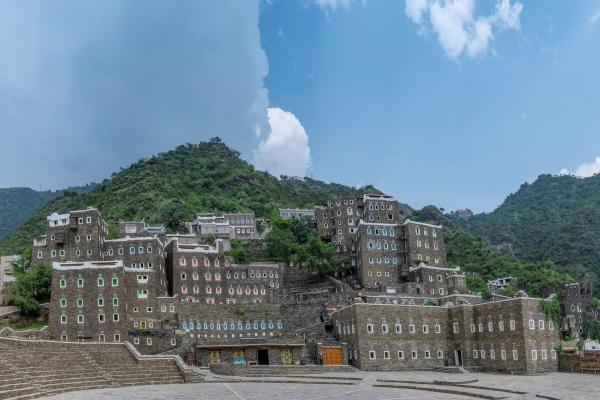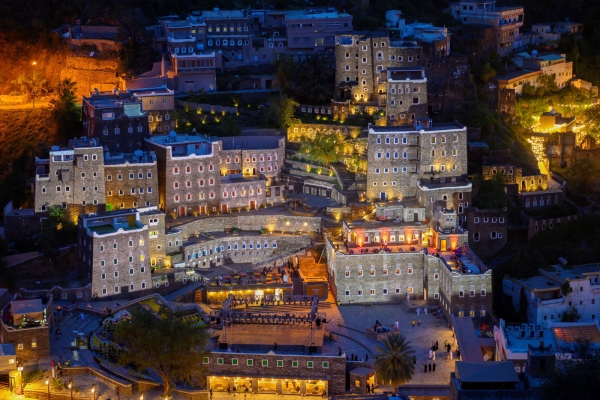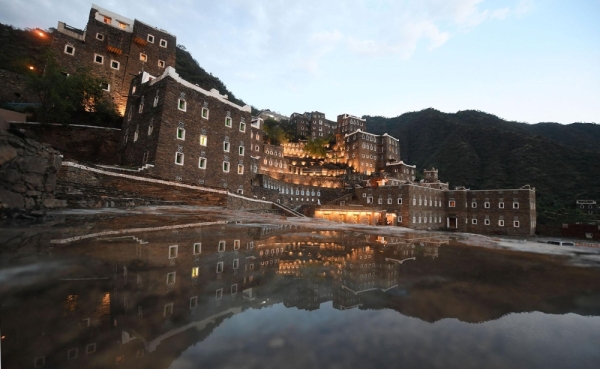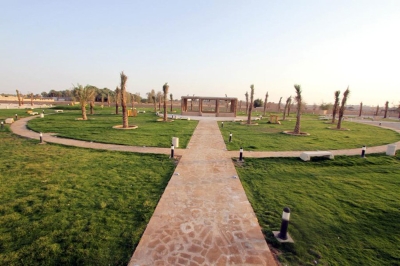



Rijal Heritage Village is an archaeological village located in Rijal Alma Governorate, in Aseer Province, southwest of the Kingdom of Saudi Arabia. It is located approximately forty-five km west of Abha City. Its adjacent buildings are made of stone. The city is around nine hundred years old.
Architectural style of Rijal Heritage Village
Rijal Heritage Village is known for its consistent stone construction. It comprises around sixty adjacent castles whose facades are covered with white crystal stones and internal walls are decorated with bright colors and drawings featuring al-Qatt al-Asiri. The village consists of several neighborhoods, including Zurr, al-Hiyamah, al-Manazir, al-Hifah, al-Kadhah, and Aslah neighborhoods. Rijal served as the capital of the Emirate of Hali in 1332.
The height of the stone buildings in the village ranges from three to seven floors, where each floor comprises a residential unit. The inhabitants of the region were used to neighborliness, thus renting floors to their relatives. The village also features several forts, such as Riyadh, Razih, Al Jaber, Al Mismar, and Al Hawat forts which functioned in the past as military barracks due to their high fortification. These forts featured wide main doors. The village also includes a mosque, comprising a shaded area facing the Qiblah with a courtyard behind it called "as-Souh", which is roofed on both the eastern and western sides. The mosque includes an annex known as "al-Manazilah," used for holding meetings and hosting pilgrims and visitors. The village's urban layout features narrow streets and wide courtyards.
Rijal Heritage Village can be accessed via many routes, including the Aqaba al-Samma route connecting Abha City and Rijal Alma Governorate upon passing through as-Sudah Center. Crossing this route requires approximately thirty minutes. Two other routes connect the village to Mahayil Aseer and al-Jubayl Center, ultimately leading to ad-Darb Governorate, in Jazan Province.
Development of Rijal Heritage Village
Rijal Heritage Village underwent several development stages, including the open theater covering an area of 615 m with a capacity of around one thousand persons, in addition to the adjacent spaces, which are shopping areas where local products are displayed in the village and Rijal Alma Governorate. The development also covered increasing green spaces by about seven thousand m. Fifteen umbrellas and family gathering areas were also established at the entrances to the village, paths were paved and lighting poles were installed on the subsidiary road connected to the main road leading to the village.
In 1985, a public museum, known as "Alma Permanent Heritage Museum," was established in Rijal Village to document the village's tangible heritage. It was founded in one of the village's forts, at the initiative of the inhabitants of Rijal Alma Governorate. It features around 2,800 artifacts displayed in twelve rooms, each dedicated to a type of heritage, such as agricultural tools, men and women old apparel and accessories, cooking utensils, caravans accessories, and old educational tools, among other tools reflecting the aspects of the ancient life. The museum also dedicates a space for rare manuscripts.
Awards of Rijal Heritage Village
In 2017, Rijal Heritage Village ranked first under the "Architectural Heritage" category of the thirteenth Arab Towns Organization Award, held in Qatar, in recognition of the village's renovation project.
Related quizzes
Related articles
